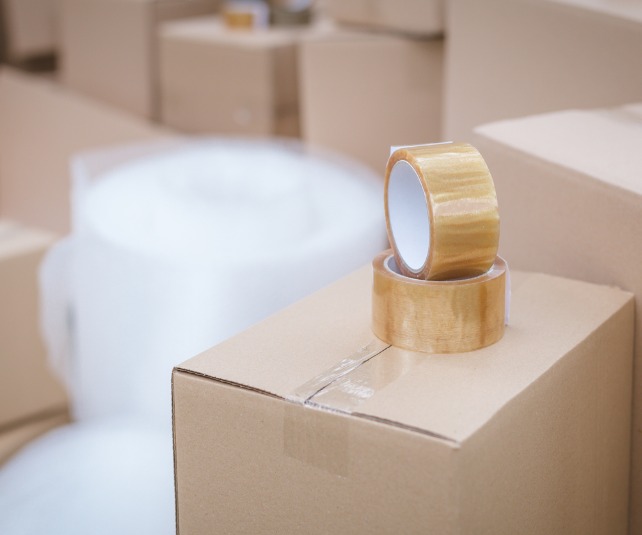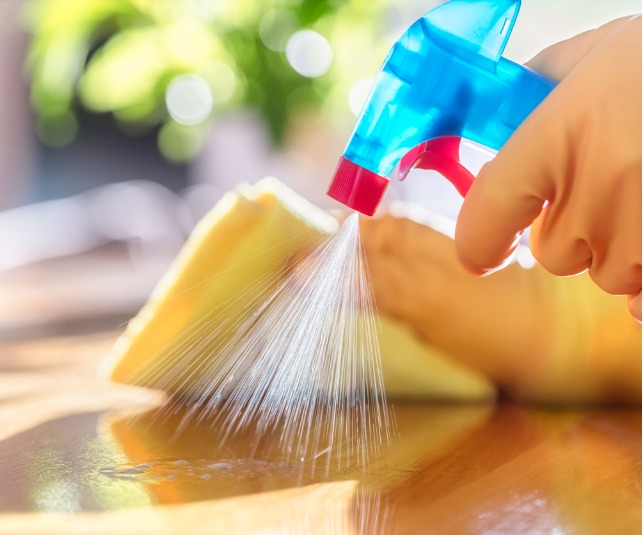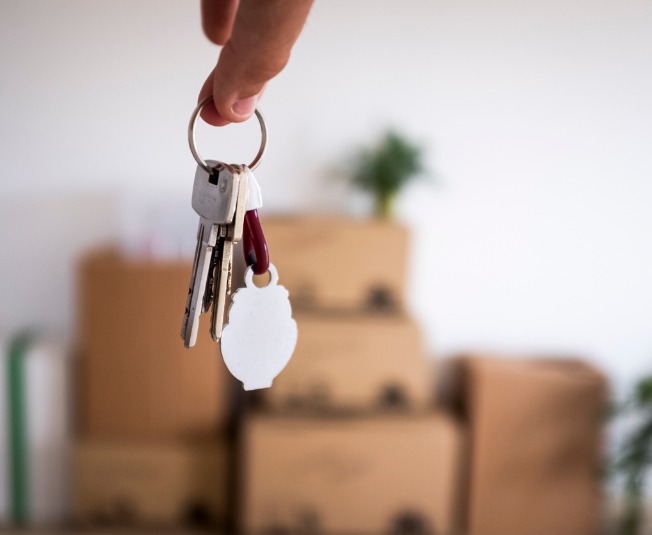Whether you’re an incoming student at the University of Florida or Santa Fe College, or you just want to live in a vibrant, growing community with perfect weather year-round, Gainesville has an abundance of opportunities for everyone. Check out our tips for moving to Gainesville and schedule moving services with our professional moving company, UF Mover Guys.
It’s Growing More Every Year
When the University of Florida put Gainesville on the map in 1906, there was hardly anything around. Flash forward over a hundred years, and residents never run out of things to do. And the offerings are only continuing to grow! As students move here for school, many of them find that they wouldn’t want to call anywhere else in the world home. Companies are taking their cue and setting up shop all over Gainesville. You don’t need to look far for glowing endorsements and Gainesville converts!
Gorgeous Weather
South Florida may be the land of eternal summer, but North Florida offers better weather variation without being too extreme. Winter ranges from the mid-40s to the mid-60s, and summer typically stays in the 80s, with temperatures spiking into the 90s during July. We’re even far enough north to showcase some beautiful fall foliage when the weather starts cooling off around October and November. Unfortunately, despite ample sunshine, we also get our fair share of rain with no notice, so you should always pack an umbrella for a rainy day.
We Love The Outdoors
Despite our growing population, we still make room for sharing space with nature. For example, Paynes Prairie Preserve State Park is over 21-thousand acres and is home to an abundance of wildlife, including free-roaming bison. We also have Kanapaha Botanical Gardens, Carson Springs Wildlife Conservation Foundation, Morningside Nature Center, Sweetwater Wetlands Park, and many more parks dotted throughout the area. You also don’t have to travel far to visit places such as Ichetucknee Springs State Park and Osceola National Forest.
You’ll Probably Need A Car
Unless you’re a UF student and never intend to leave the Midtown area, you’ll probably want to have a vehicle. Many students opt for compact scooters that make parking on campus easy but still allow them to motor around town. Gainesville is relatively large and spread out, so bus routes can be spotty the further you get away from campus. Having a vehicle ensures that you won’t be at the mercy of public transportation.
Cuisine & Culture
As part of our diverse community, there are unique eating options that span cultures from all over the world or offer culinary combinations that are uniquely local. From Vietnamese pho to Indian curry, you can take a cross-country culinary trip without leaving the city. There are also many shopping options that offer cultural ingredients so you can make your favorite dishes at home. Pairing with the diverse culture, there are many entertainment options, including art, history, science museums, theater shows, sporting events, concerts, annual festivals, and more. We’re also home to several local brewing companies and nearby wineries.
Gainesville Areas Of Interest
Gainesville is comprised of diverse community members, and that shows in the different sections of the city. If you’re a UF student, you’ll most likely end up around Midtown, which is located right next to the University of Florida campus. Midtown is the ideal hangout for students, with a selection of eateries, shopping, and entertainment venues that complement university living. Getting around locally via walking, biking, or bus is easy when you live in this section.
Northwest Gainesville is home to Santa Fe College and boasts a more laid-back atmosphere. While there may be fewer things to do in this area, and you’ll definitely need a car, shopping staples are still scattered about for the convenience of locals.
Downtown Gainesville comes alive during the night and day, offering residents diverse shopping, dining, and entertainment options. There’s something here for everyone with live shows, musical guests, theater and movie showings, and more. Living in the area might be a little more expensive and a little more crowded, but that may be worth it for the centralized location.
Archer Road is also a growing hub of communities, shopping and dining complexes, and more. Traffic can get a little crazy around here, but the area is built up enough that if you’re looking for something to do, you won’t have to go far.
Ready to move to Gainesville? Contact our movers to get started! We offer a wide range of moving services to make the transition as easy as possible.









